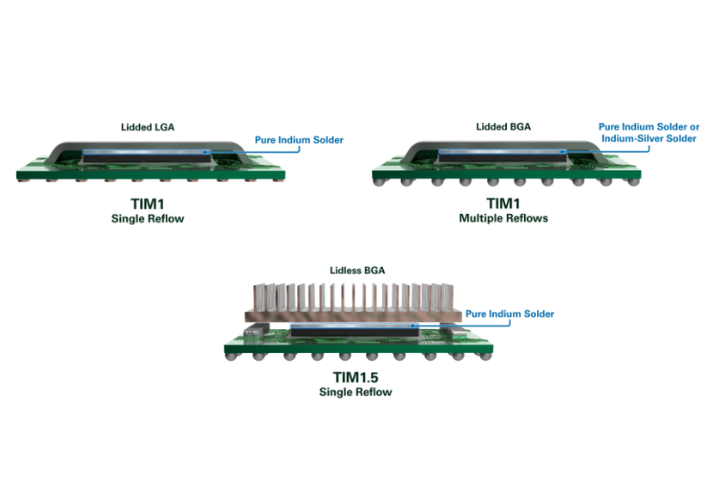In my last post, Stages of a Reflow Profile: Part I, I discussed how thespattering of solder balls and solder paste slumping can occur in the beginning stages of a reflow profile. In this post I will explain some of the defects and considerations that occur in the second stage of the reflow profile.
At around 160-180°C the flux will begin to activate, removing oxides to prepare the surfaces and solder to wet and bond. At this point, a soak can also be added to the profile to slow down the wetting rate of the solder. Slowing down the wetting rate can help to decrease the ∆T (the difference between the highest and lowest temperature components) across the board, which allow for the components on the board to be more in sync (temperature-wise) with each other. Keep in mind that different components and different locations on the board absorb and retain heat differently;not everything will reach the same temperature at the same time.
Tombstoning is a prime example of a defect resulting from uneven temperatures across a PCB. For instance, if a passive component is sitting on two solder deposits and one of those deposits heats up quicker than the other, the unbalanced wetting of the hotter solder (during wetting) can pull the passive to stand vertically. For this reason, a soak can be beneficial; however, if you soak too long, it can have negative effects such as producing voiding or over-oxidation. An excessive soak can also exhaust the flux prematurely, leading to over-oxidation. Over-oxidation, in turn, canlead todefects such as graping (which can resemble cold solder, but is actually non-coalescence of oxidized solder particles) and non-wetting (not to be confused with de-wetting). Another way to slow down the heating rate without adding a soak is to reduce the belt speed of the conveyor; however, it may not be as effective as a soak for larger deltas.
Between 180°C and the peak of the profile is where wemay wantto ramp up pretty quickly to surpass the flux outgassing stage. The least amount of outgassing is ideal to avoid excessive voiding.A slowerramp ratewill allow the flux to outgas more readily into the solder, creating a larger percentage of voids.
Stay tuned for the next post on the time-above-liquidus (TAL) stage of a profile.



